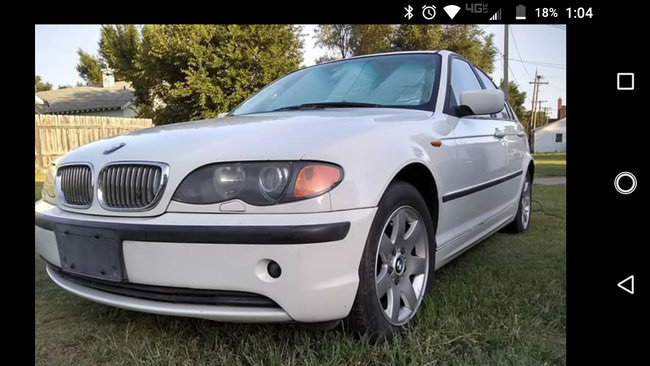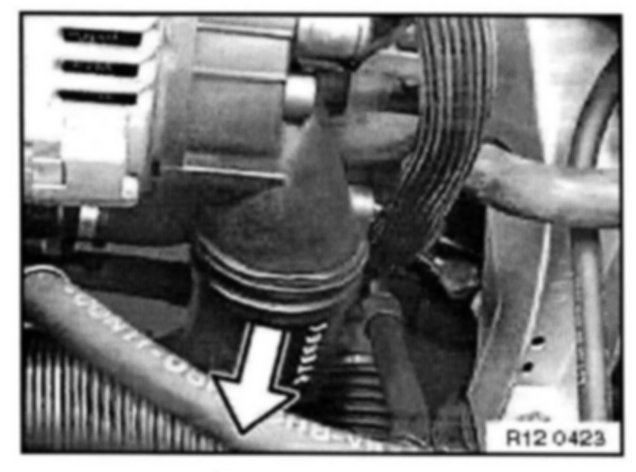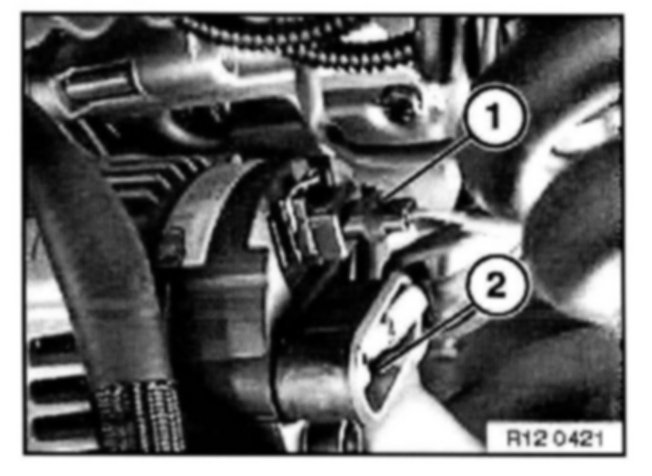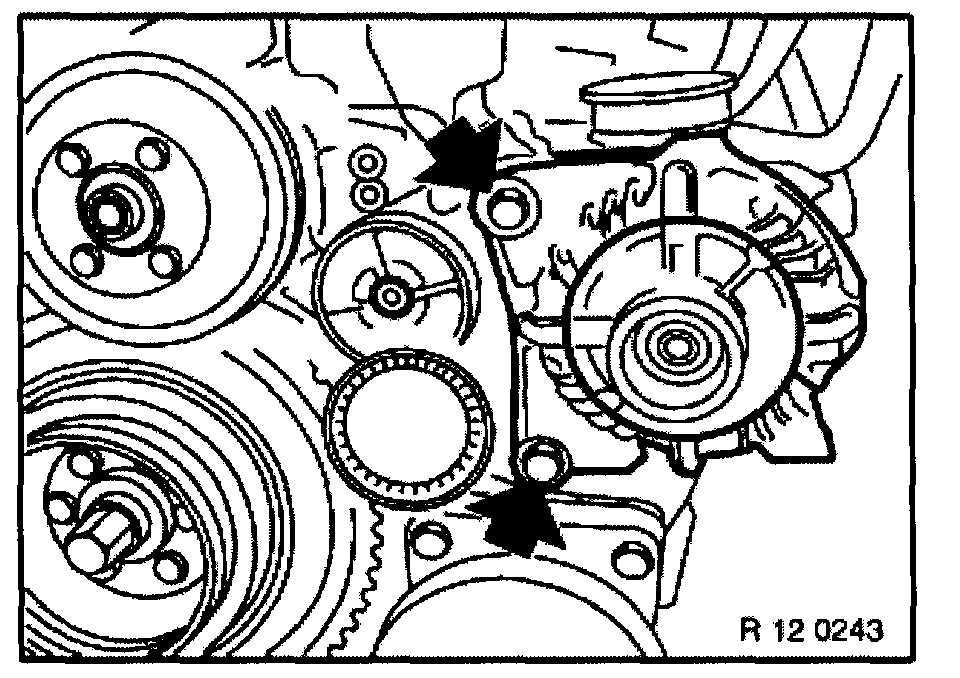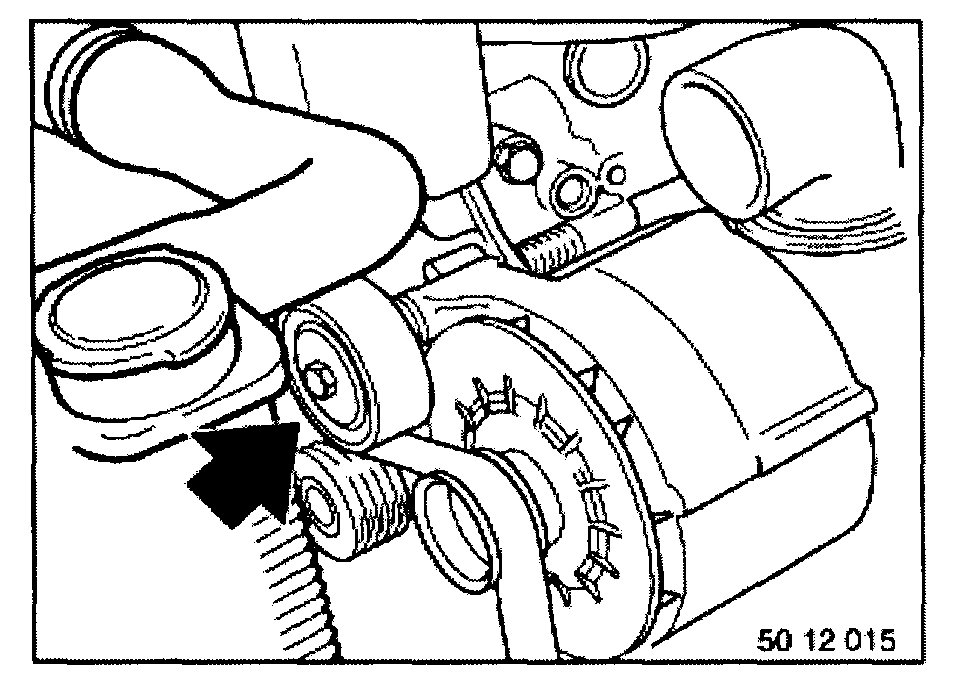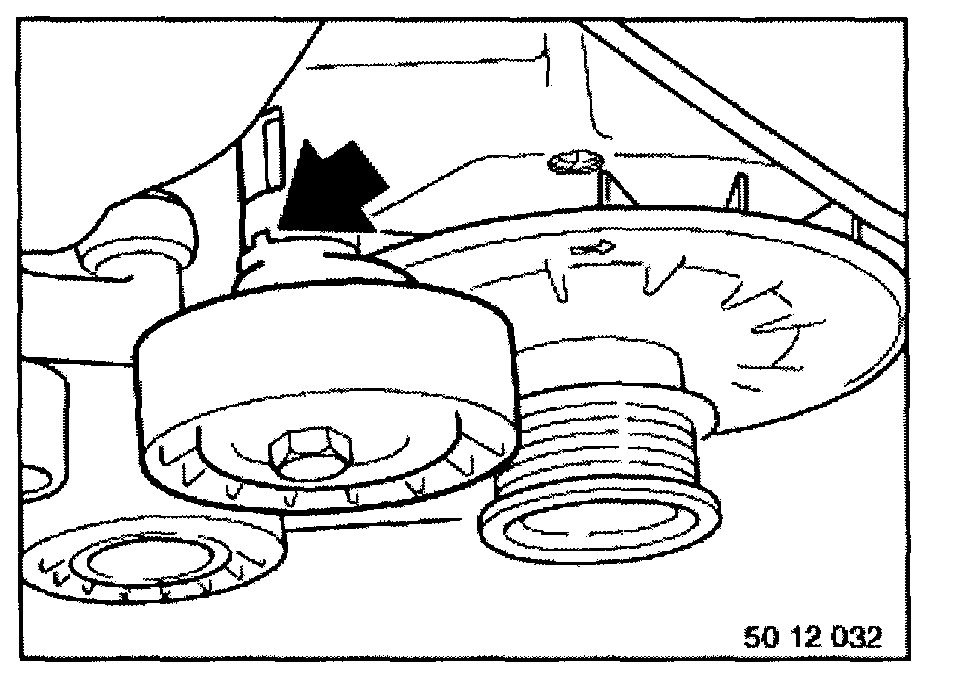Welcome back, Jay.
Wow, that is a big list. My biggest concern is the battery. If the alternator is over charging, that can actually lead to a lot of damaged components and even a fire. Please confirm the model for me. You listed it as two different vehicles.
I am going to focus on the 325 model since that is what I see in the picture. There are two different alternator designs for this vehicle. One is an MFR (multi function controller) and the other non MRF. However, the regulators are integral on both. I strongly recommend removing the alternator and having it bench tested. Most parts stores will do it for free. If it overcharges under test, replace it. That could be the cause of most of the problems you described.
Here is a general check for one:
https://www.2carpros.com/articles/how-to-check-a-car-alternator
Here are general directions for removing the alternator:
https://www.2carpros.com/articles/how-to-check-a-car-alternator
Here are specific directions for your vehicle:
Removing And Installing Or Replacing Alternator
Read out fault memories of control units. Turn off ignition.
Follow instructions for disconnecting and connecting battery.
Disconnect and cover battery negative terminal.
Remove intake filter housing.
Remove fan clutch.
Remove alternator drive belt.
Remove supply tank for power steering pump with bracket and place to one side.
NOTE: Lines on supply tank for power steering pump remain connected.
If fitted:
Disconnect air hose.
Disconnect plug connection (1).
Remove cover cap of connections.
Release nut (2) and remove battery positive lead.
Release alternator screws in succession while holding alternator firmly.
Remove alternator.
Version with tensioning roller:
Follow installation instruction.
Installation Note: Turning lock of tensioning roller must engage in alternator groove.
The attached pictures correlate with the directions listed.
Lets focus on one thing at a time. When too many things are done at once, it is too easy to mix things up. It is a nice looking car. We need to get it done correctly.
Let me know about the alternator.
Joe
Images (Click to make bigger)
Saturday, July 28th, 2018 AT 8:44 PM
